overwintering chile plants
maple_grove_gw
12 years ago
Featured Answer
Comments (35)
romy6
12 years agotsheets
12 years agoRelated Professionals
Jennings Landscape Architects & Landscape Designers · Hartford Landscape Contractors · Beachwood Landscape Contractors · Berkeley Heights Landscape Contractors · Conroe Landscape Contractors · Dunwoody Landscape Contractors · Hendersonville Landscape Contractors · Lake Zurich Landscape Contractors · Long Beach Landscape Contractors · Mahwah Landscape Contractors · Mastic Beach Landscape Contractors · Pine Hills Landscape Contractors · Forest Hill Landscape Contractors · Shenandoah Landscape Contractors · Suisun City Landscape Contractorsgreenman28 NorCal 7b/8a
12 years agoEdymnion
12 years agoJohn A
12 years agoesox07 (4b) Wisconsin
12 years agodon555
12 years agonortherner_on
12 years agoJohn A
12 years agotsheets
12 years agomaple_grove_gw
12 years ago2ajsmama
12 years agotsheets
12 years agogreenman28 NorCal 7b/8a
12 years ago2ajsmama
12 years agoesox07 (4b) Wisconsin
12 years agomaple_grove_gw
12 years agotsheets
12 years agoEdymnion
12 years agogreenman28 NorCal 7b/8a
12 years agogreenman28 NorCal 7b/8a
12 years agocapoman
12 years agomaple_grove_gw
12 years agotsheets
12 years agoesox07 (4b) Wisconsin
12 years agoEdymnion
12 years agoUser
12 years agowillardb3
12 years agocapoman
12 years agojesse_aji
12 years ago2ajsmama
12 years agoUser
12 years agochilliwin
11 years agoheygeno
11 years ago
Related Stories

GARDENING GUIDESInvite Mining Bees to Your Garden by Planting Their Favorite Plants
Look for mining bees (Andrena) pollinating woodland wildflowers in U.S. gardens this spring
Full Story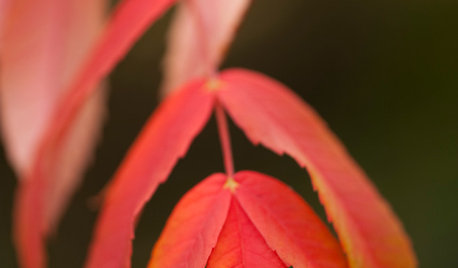
GARDENING GUIDESGreat Design Plant: Rhus Glabra
Smooth sumac provides powerful jolts of fall color and persistent fruit clusters that add interest through the winter
Full Story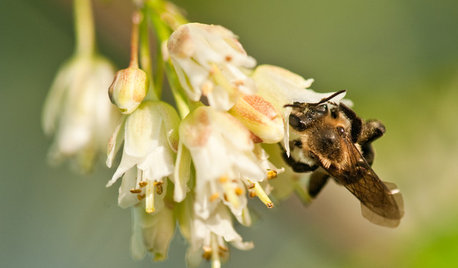
GARDENING GUIDESGreat Design Plant: Staphylea Trifolia Shines in the Shade
Plant American bladdernut for 3 seasons of interest: spring flowers and striped brown branches and bladder-like seedpods in fall and winter
Full Story
WINTER GARDENING10 Native Wildflowers to Beautify Your Winter Garden
They stand strong in wind, feed wildlife and are easy to grow. But you may want to add these plants for their looks alone
Full Story
GARDENING GUIDESNo-Regret Plants: 5 Questions Smart Shoppers Ask
Quit wasting money and time at the garden center. This checklist will ensure that the plants you're eyeing will stick around in your yard
Full Story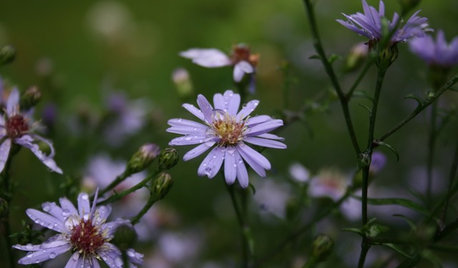
FLOWERS6 Overlooked Asters for Tough Spots
Whether your garden has baking sun or dry dense shade, boggy soil or sandy gravel, there's an aster for that
Full Story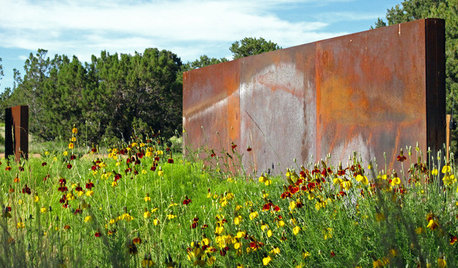
GARDENING GUIDESGreat Design Plant: Ratibida Columnifera
A shortgrass prairie native wildflower fit for pollinators and dry trouble spots offers benefits all year long
Full Story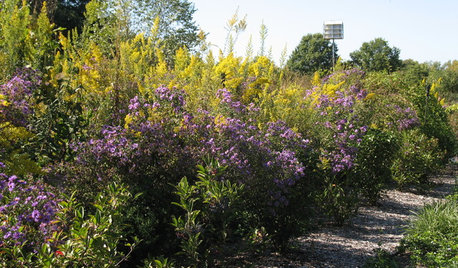
GARDENING GUIDESGreat Design Plant: Solidago Speciosa
Showy goldenrod lives up to its name in eastern U.S. gardens, with bold, upright yellow flowers appearing in early fall
Full Story
GARDENING GUIDESGreat Design Plant: Sambucus Nigra
Common elderberry is a highly adaptable shrub from the eastern U.S., with berries galore for wildlife and humans alike
Full Story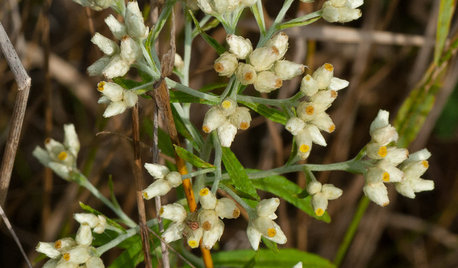
GARDENING GUIDESGreat Design Plant: Pseudognaphalium Obtusifolium, or Rabbit Tobacco
This late-blooming native annual, also known as sweet everlasting, adds spontaneity to landscapes in the eastern United States
Full StoryMore Discussions






greenman28 NorCal 7b/8a